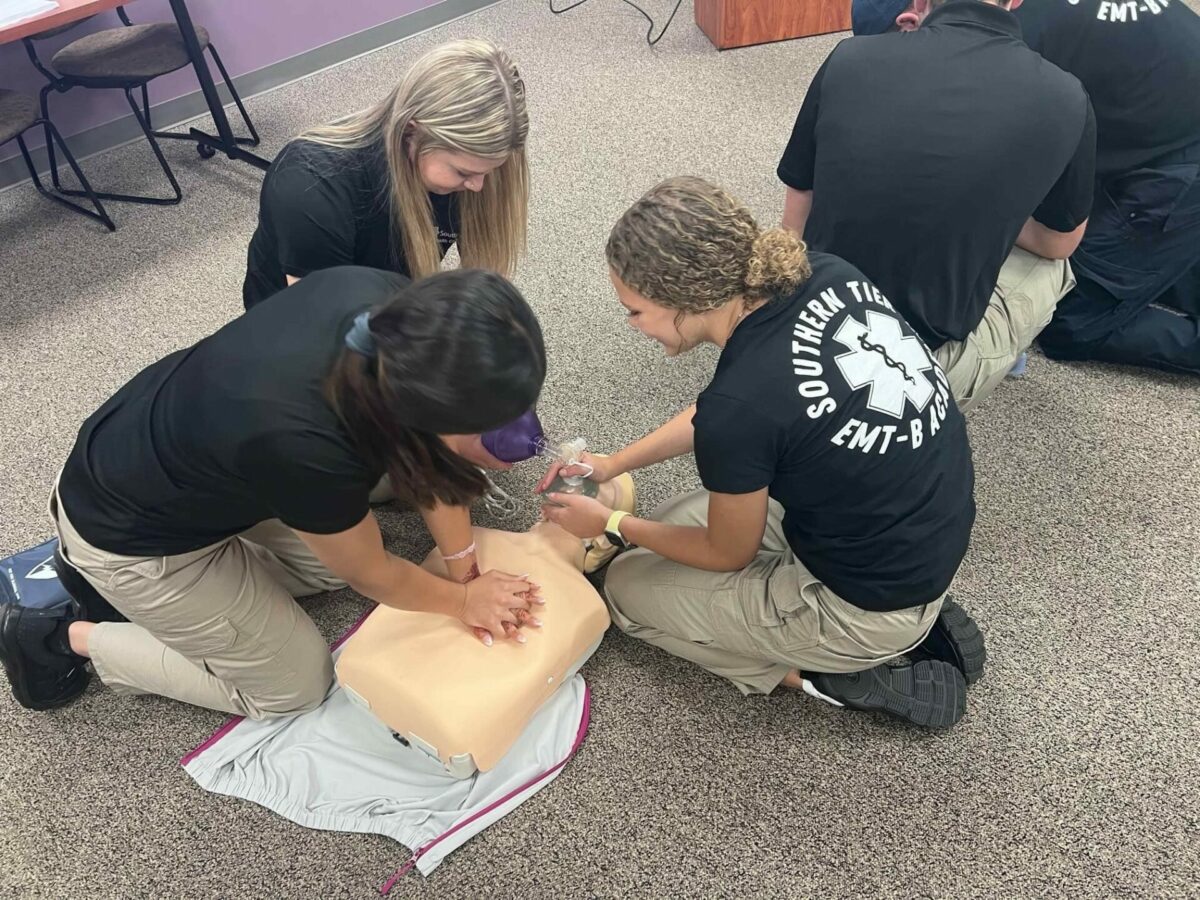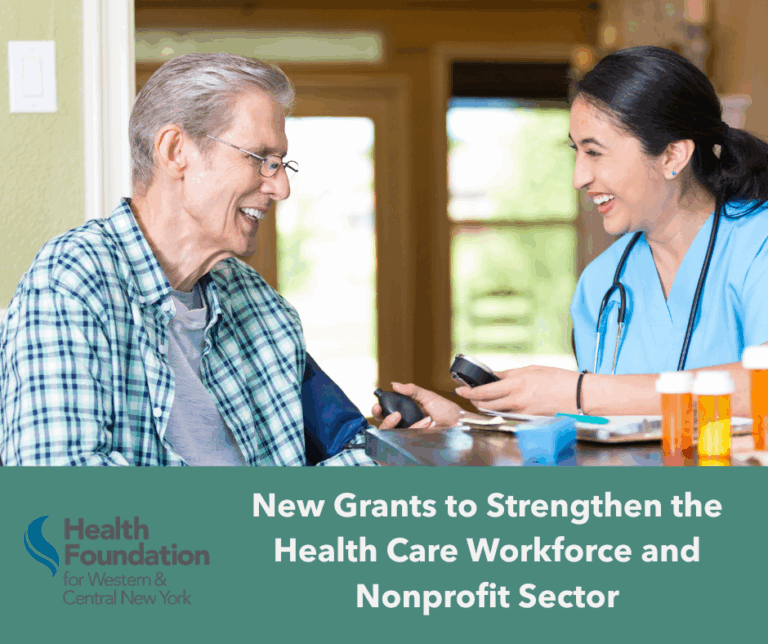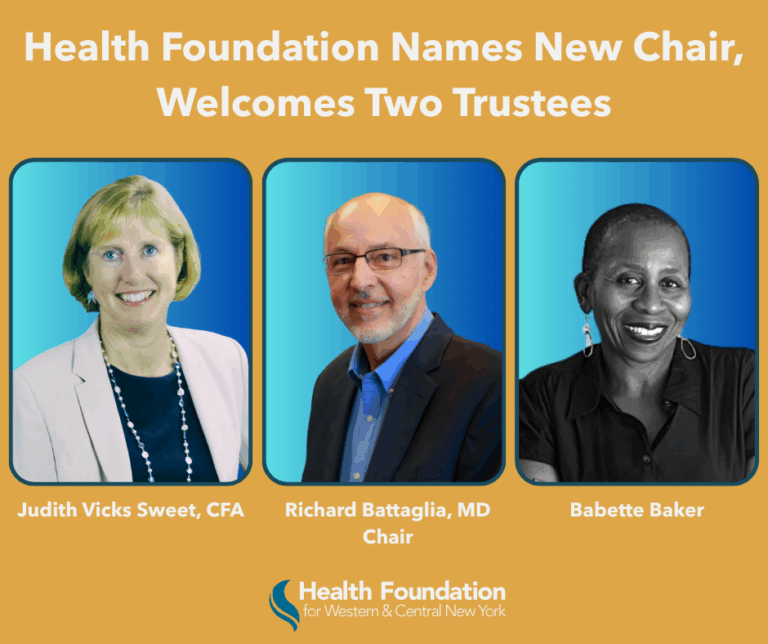This post is part of our Transform Rural Health campaign. Learn more, including how you can let your elected officials know that rural communities deserve the best opportunities for good health.
Kaitlynn Ensell lives right up the road from the Hinsdale Fire Department, where she volunteers as an Emergency Medical Technician.
“I’ve lived here my whole life,” said Kaitlynn. “My dad was an EMT and he volunteered at the same fire department. My fiancé is an EMT too.”
Kaitlynn was in nursing school when she saw an opportunity through the local rural health network, Southern Tier Health Care System (STHCS) to follow in her dad’s footsteps and gain some hands-on health care experience. Thanks to funding from the Mother Cabrini Foundation, STHCS’ EMT-B Academy helps train new EMS personnel at no cost to the student, helping to address rural workforce issues while also providing promising career paths in health care.
“It makes me feel really good to serve my hometown,” said Kaitlynn, who recently passed her nursing boards and now works as a registered nurse at Olean General Hospital while still volunteering as an EMT for Hinsdale. Providing EMT services in a small town allows her to see the firsthand impact of her work.
“Last night I responded to a mental health situation and was able to help the person,” she said. “Today, I ran into him in town. It was nice to know I made an impact on him.”
Maryam Mirza and Jillian Stevens are graduates of the EMT-B Academy as well. Like Kaitlynn, they both are pursuing careers in medicine.
Kaitlynn, Maryam, and Jillian all note that their experience as EMTs has shown them a close-up look at the health care challenges of rural communities.
Most of their patients need help because of the common issues that plague rural areas: obesity, substance use disorders, diabetes, and other problems, and the strain of an over-extended health care workforce is evident every day.
Rural health networks like STHCS are innovating every day to address workforce challenges, but recent funding cuts are making it harder to deliver services–even in the face of ongoing community health needs.
“There’s still a big shortage of EMTs, and a longer response time for most calls,” said Maryam. “Most of us have to pick up extra shifts. The whole nature of the job is stressful.”
“The hospitals are overloaded,” said Jillian. “I see it all the time at work.”
“Not enough workers means, I feel, the patients don’t always get the well-rounded care they deserve,” said Kaitlynn. “Patients have to get transferred to Buffalo all the time, and in emergency situations, that extra time can have an impact.”
“So many patients have to be transferred,” said Maryam. “It’s not a ‘once in a while’ thing. It’s a very regular thing. And sometimes they don’t make it.”
Even with the challenges they see as health care workers, Kaitlynn, Maryam, and Jillian feel gratitude for their career path.
“Working in the ER made me realize how much paramedics contribute to patient care,” said Jillian. “What they do really affects the outcome for a lot of people.”
Donna Kahm, President and Chief Executive Officer of STHCS, says the program is already having an impact on the local workforce.
“One hundred percent of individuals from our first cohort moved onto full-time employment in health care or are attending college following completion of the program,” said Donna.
“Going through the program is hard, and it’s a lot of work, but it’s worth it,” said Kaitlynn, who was named Hinsdale Fire Department’s EMS Provider of the Year in 2023. “Just don’t burn out.”



